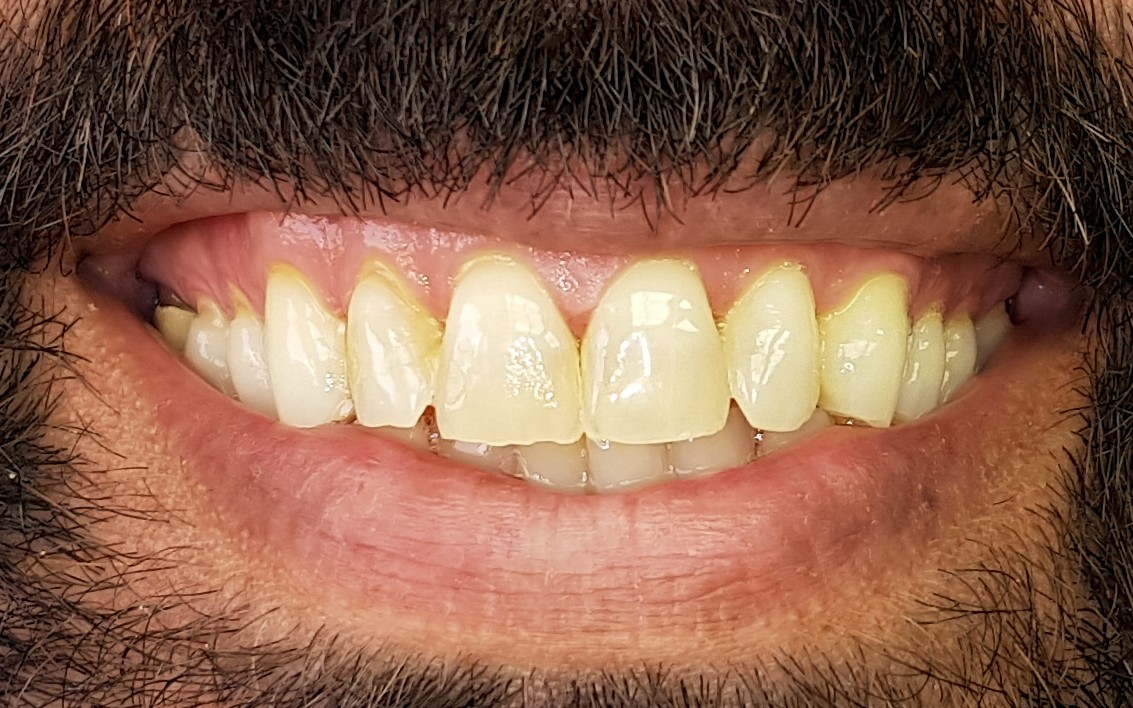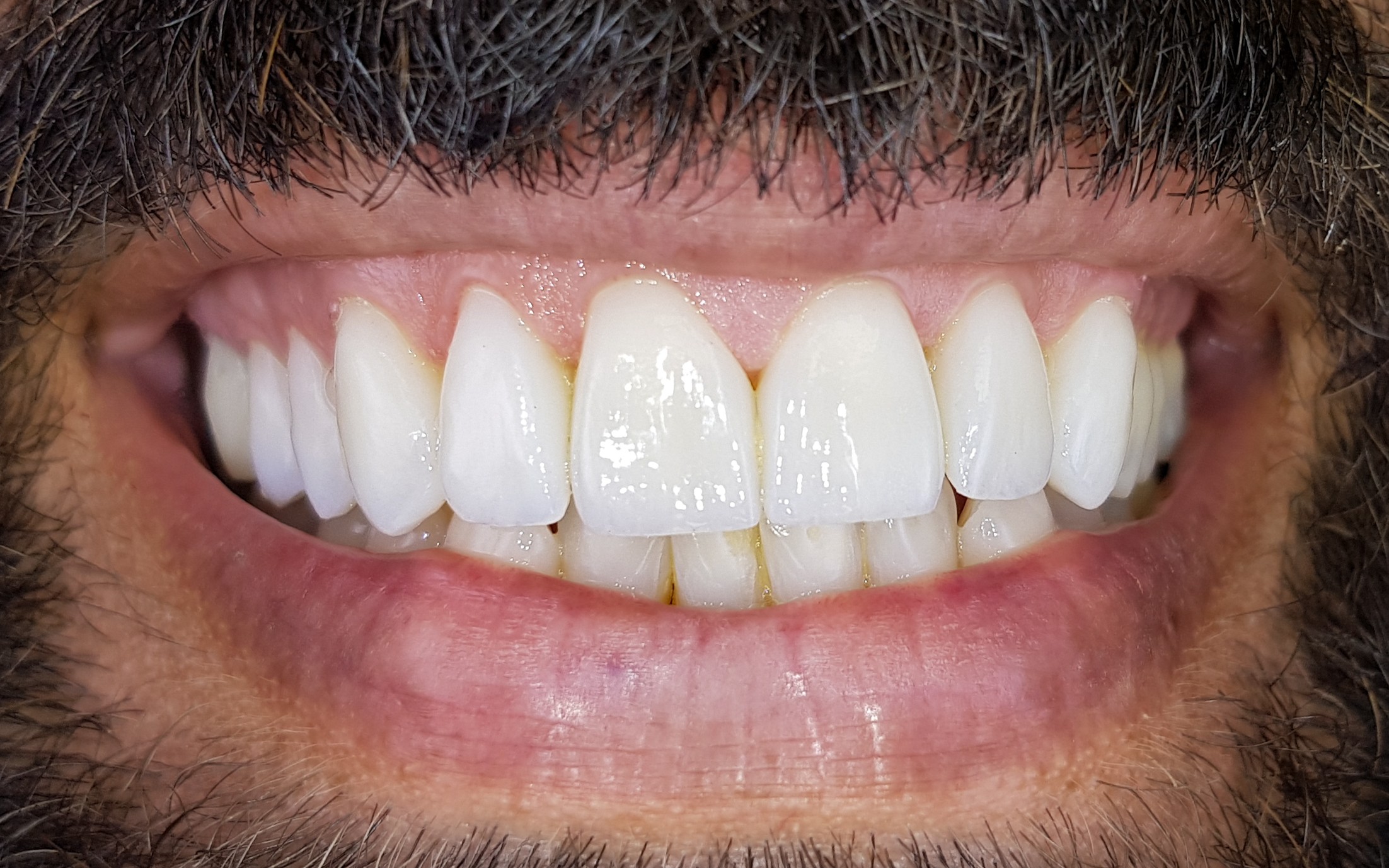Tooth wear is a very common phenomenon but does not receive enough attention. About 50% of the adult population suffers from tooth wear to one degree or another, and the main reason for this phenomenon is teeth clenching or teeth grinding while sleeping. We live in a highly competitive and intense world, full of various pressures and endless stimuli that we want to attain. All this pressure expresses itself in the tightening of the mastication muscles. It happens at night, unbeknownst to us, while we sleep and remain in a subconscious state.
What are the manifestations of tooth wear?
The teeth consist of the tooth crown, visible in the oral cavity, and the tooth root, anchored within the bone and gums, maintaining the stability of the teeth. The visible part of the tooth is made up of a relatively thin, but very hard layer of enamel, which gives the tooth its shiny white appearance. Enamel is shiny and strong (even stronger than the bones in the body) because 97% of it is made up of calcified prisms of hydroxyapatite. If we take a photo of a tooth and add contrast to the image, it will appear to be made up of different areas, some of which are opaque to the passage of light and some of them are transparent, allowing the light to penetrate in.
This is how tooth enamel receives its natural and shiny appearance. At the tooth edges, especially in the front teeth, the area that cuts and bites into food, is surrounded by completely opaque enamel, just like a picture frame. When tooth wear occurs, the protective enamel frame of the tooth cracks and breaks down, no longer completely surrounding the entire tooth. In a situation like this, the tooth looks cracked, worn out, old and unattractive.
Sometimes the manifestation of tooth wear occurs in a small, localized way, causing discontinuity in the tooth line and small cracks. Sometimes tooth wear is very pronounced, with the tooth becoming shorter and smaller. Tooth wear is an irreversible process, because the enamel does not regenerate itself like other tissues in the body after an injury. Tooth wear leads to tired, old and unhappy looking teeth.
Wow… So, what causes tooth wear?
There are several reasons for tooth wear. Sometimes it is a habit of nail biting, gnawing on a toothpick or other small sharp object or even cracking kernels. Usually you go back to bite on the same spot in the specific tooth and so, that specific area becomes the focus of tooth wear.
A groove develops in the tooth enamel and, over the years, the groove gradually becomes deeper. As the groove widens and grows, the enamel around it weakens until it collapses and breaks down, making the tooth look worn out and jagged. Another factor is forceful and aggressive tooth brushing. In a situation like this, tooth wear will spread across the entire width of the tooth. The tooth enamel will slowly become thinner and thinner and the tooth will look grayer or more yellow.
Also, the teeth will be more sensitive to cold and heat and it will not be due to caries or teeth decay. Patients will complain of teeth sensitivity, sensitivity to cold, sensitivity to sweet food, with no signs of holes or decay. The reason for this is that the tooth enamel has worn away, causing the inner part of the tooth, the dentin, which contains nerve endings, to be exposed. It is important to remember that brushing your teeth should be done gently and thoroughly.
Aggressive brushing does not remove plaque of bacteria better. Instead, it causes tooth wear. Another factor is various acids that come in contact with the surface of the tooth for some time and thus break down the tooth enamel, creating a worn out, thin and fragile appearance of the tooth. Acidic substances can come from an external source, usually from carbonated and sweet drinks, but they can also come from an internal source – stomach acids. In the event when stomach acids cause tooth wear, we will see the signs of wear only on the inside of the tooth enamel, the part that faces the oral cavity, and not on the outside of it that you see in a smile. In a situation like this, you should be referred to gastroenterology specialist to check the condition of the stomach.
The most common and major cause of tooth wear is teeth clenching while sleeping. Jaws clenching can manifest itself in teeth grinding, a phenomenon called Bruxism. In such a situation, oftentimes it is the people that surround the one that grinds his/her teeth that will notice it.
The sounds of teeth grinding are very diverse and sometimes can even sound like a chair that is being dragged on the floor. Bruxism is a relatively easy phenomenon to diagnose because you can hear it. A more common condition is teeth locking or teeth clenching. When the mastication muscles are activated with force, the teeth in the upper jaw are pressed against the teeth in the lower jaw, forming micro cracks in the tooth enamel, invisible to the naked eye at this early stage.
As the teeth clenching process continues over the years, these cracks will widen up, and at some point in time a piece of tooth will break off. Oftentimes patients describe a situation in which they were eating something small and soft, like a slice of bread, and their tooth broke. In essence, this is the straw that broke the camel’s back. The process started long before that.
Over a long period of time, due to teeth clenching or teeth grinding, micro cracks formed in the tooth enamel, and the last bite on a soft piece of bread was the straw that broke the camel’s back. By the way, the same process of enamel wear also occurs in porcelain dental crowns, Zirconia dental crowns, porcelain dental veneers and laminate dental veneers. The end result is the same: worn out teeth or worn out porcelain veneers that look worn out, old and unsightly.
The process of tooth wear is a very slow one. It usually takes years from the moment it starts until the results are visible to the naked eye. But this is an irreversible process, the worn down enamel does not rebuild itself.
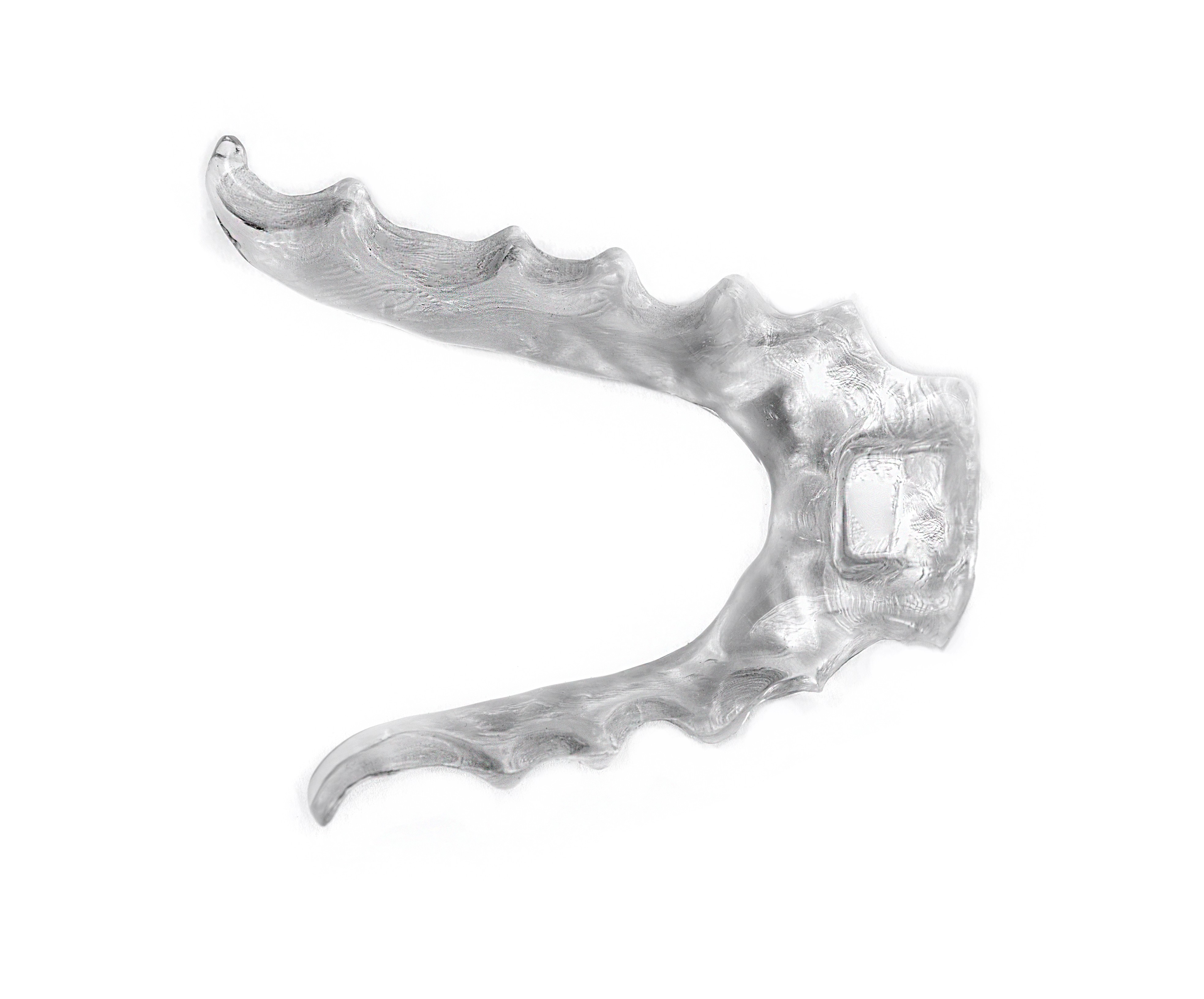
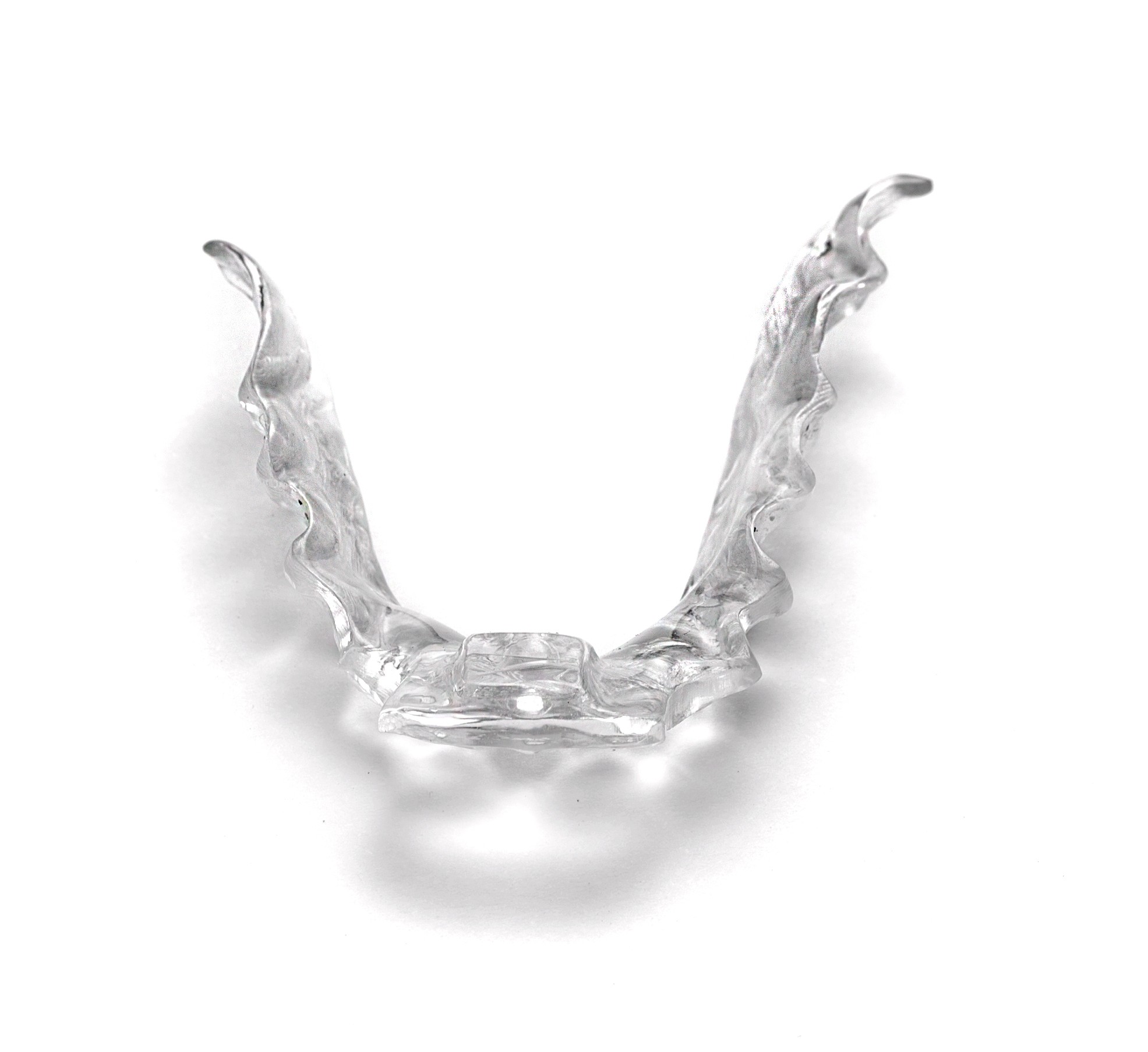
Dental night guard.
Dental night guard
Why do people clench their teeth or grind them at night?
The truth is, teeth clenching or teeth grinding – Bruxism, can sometimes occur even during the day time, while fully awake. The difference lies in being aware of this phenomenon, which makes you pay attention to it during the wakeful hours and relax the muscles, thus avoiding teeth clenching. While sleeping at night, we remain in a subconscious state, in which we don’t have any control over teeth clenching or teeth grinding.
All of us are found under the constant pressures of today’s competitive world, full of various temptations, thrills, advanced technologies and excess materialism, all of which accumulate inside of us during the day. Muscles in general, and especially face muscles and mastication muscles, react to this by contracting, resulting in teeth grinding or jaw locking at night.
So what is the solution to teeth grinding and teeth clenching?
Dental night guard. Dental braces for teeth grinding.
There is no other solution while sleeping, but a dental night guard that prevents teeth wear. In the past there was only one type of dental night guard for teeth clenching at night. A mouth guard similar to the guard used by basketball players or boxers, which wraps all the teeth in one of the jaws and protects them. The solution in the use of a dental night guard lies in the fact that instead of grinding your teeth, you grind the night guard instead.
It does indeed prevent the damage done by teeth grinding, but it does not solve the problem of tightness in the jaw-operating muscles. In many cases, teeth clenching and jaws tightening lead to headaches and migraines. A dental night guard of this type does not solve the problem of headaches or the issue of pain in the joints of the jaws. Therefore, two special braces have been developed that eliminate the possibility of mastication muscles tightening the jaws. Dental night guard NTI and dental night guard KOIS DEPROGRAMMER. These two dental night guards work on a principle similar to that of front teeth bite blocks, preventing the molars from coming in contact with each other.
This provides solution both for tooth wear and for headaches and migraines that result from teeth clenching at night. When molar teeth on each jaw do not touch each other, even within a range of 1-2 mm, the masticatory muscles, and the temporalis muscle, cannot properly contract or exert their shutting force.
The NTI dental night guard rests gently and safely on the upper front teeth. It is very small and convenient, especially for people who might suffer from gag reflex. The Kois Deprogrammer dental night guard rests gently and safely on the upper palate as well. It has a front bite block that does not allow the molars in the upper jaw to come into contact with the molars in the lower jaw, resulting in relaxed mastication muscles.
In conclusion, teeth grinding or teeth clenching at night are conditions that are important to diagnose as early as possible, because they result in some irreversible damage, such as: tooth wear, loss of tooth height, tired and old-looking teeth. The solution to teeth grinding at night is a dental night guard. This is the only proven solution for night teeth clenching to prevent tooth wear, headaches and migraines coming from tightening of the mastication muscles at night.
What about Botox treatment of the mastication muscles to prevent teeth grinding?
Botox is a toxin that neutralizes the action of the nerve cells that activate the muscle fibers and cause the muscle to contract. The effect of Botox lasts about three months. It is slowly discharged from the body, gradually weakening its action. When you reduce the contracting strength of the mastication muscles using the Botox toxin, it works all day long, even when you need strong muscles during a meal time.
Basically, you need a solution for your teeth clenching, which prevents the mastication muscles from contracting while sleeping, but allows the muscles to contract strongly while eating. Only a dental night guard provides such a solution. When you sleep with a dental night guard that does not allow contact between the molars on both jaws, the mastication muscles are almost completely neutralized, and you get a solution for teeth grinding at night. During the day, when you don’t have teeth guard in your mouth, you can chew and eat all you want, without any issues.
Botox neutralizes muscle action throughout the day. This way, the chewing ability is also weakened. Thus, it does not represent a good solution for teeth clenching at night. Also, the effect of Botox gradually weakens, because the body discharges it over the course of 3 months. Therefore, the control over the mastication muscles contractions at night changes all the time.
In conclusion, only a teeth grinding brace, a dental night guard that we put in before going to sleep and remove when active, provides solution to teeth clenching at night and does not affect muscle activity while eating.
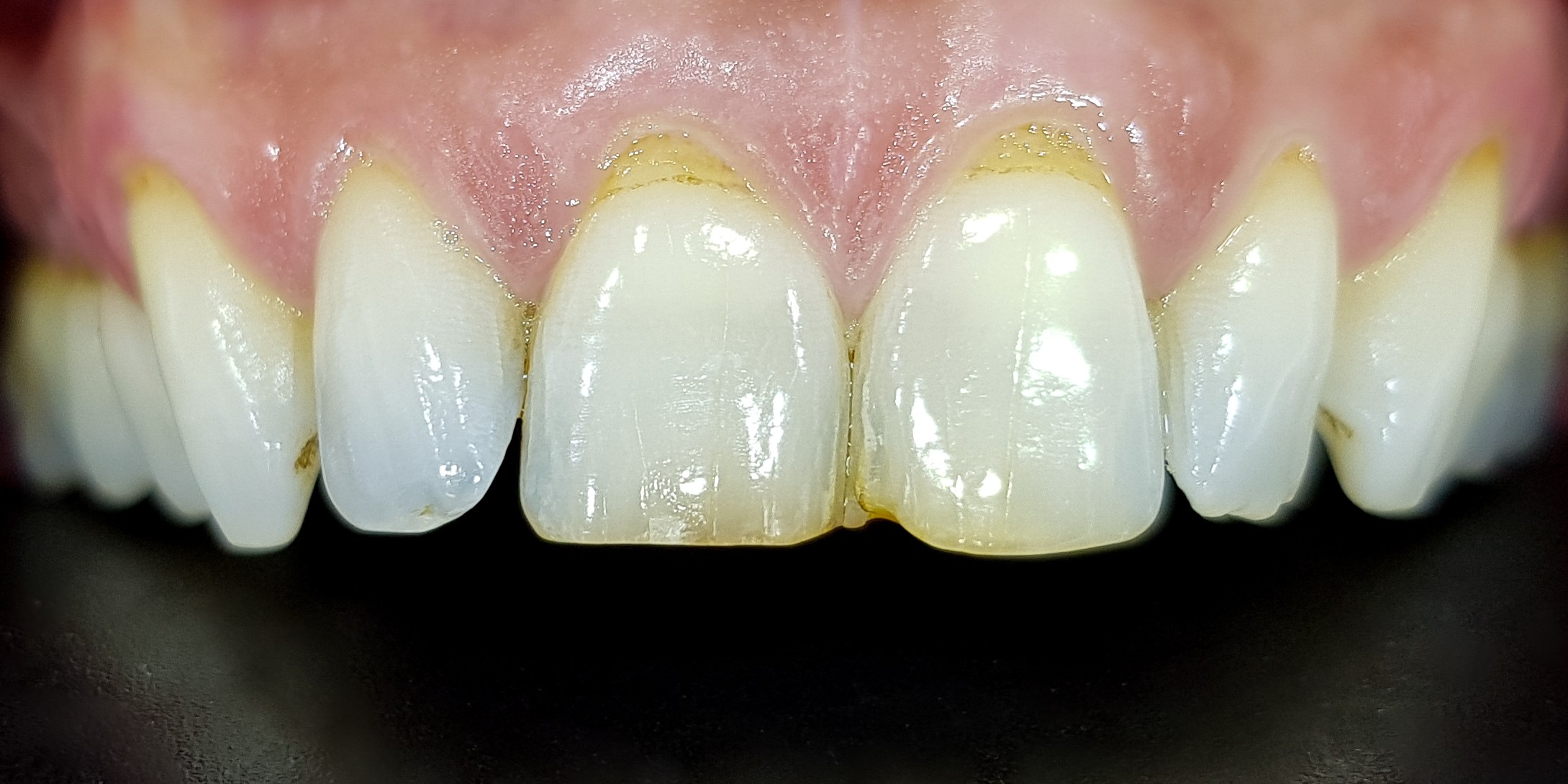
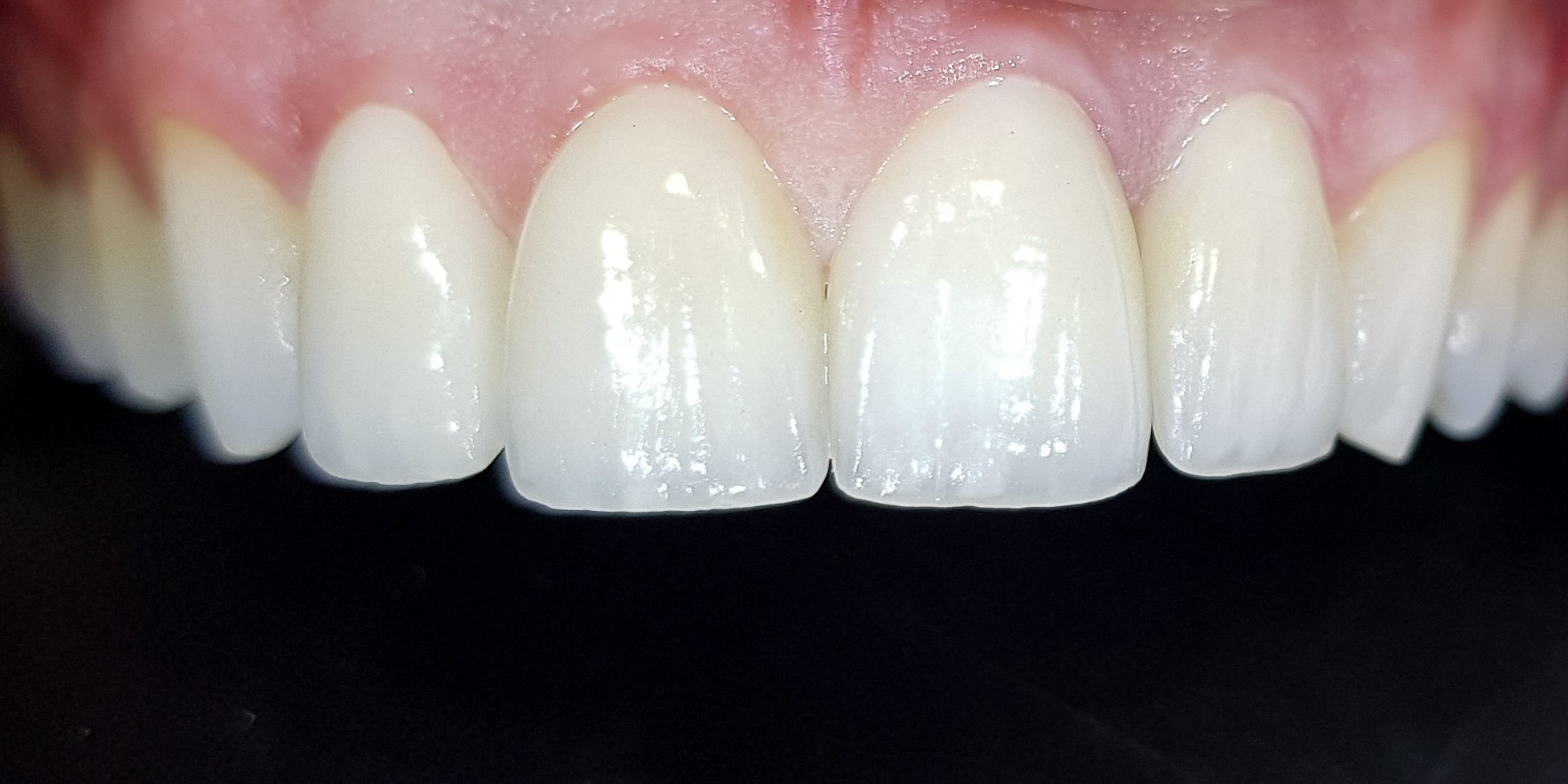
Dental night guard.
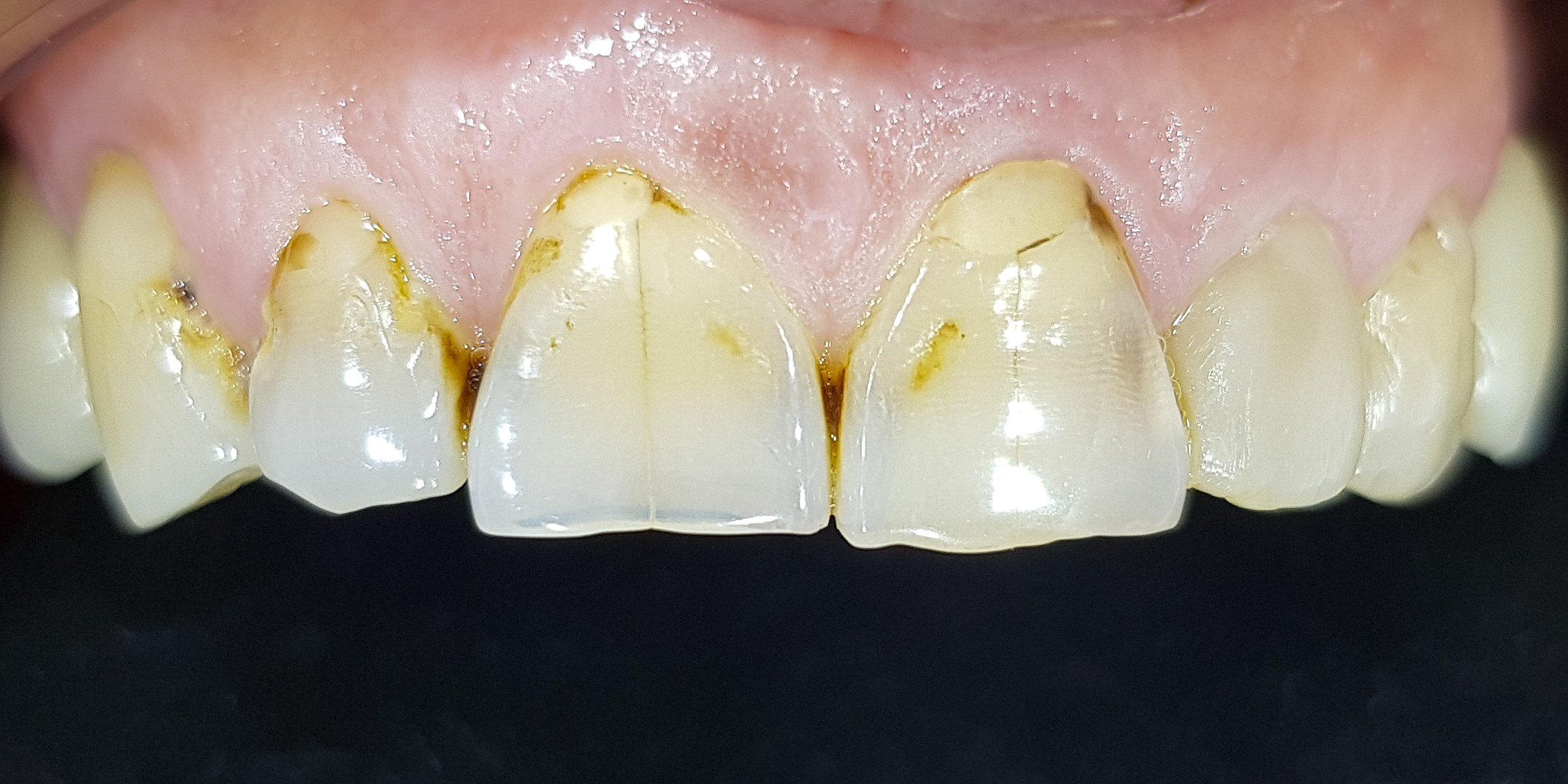
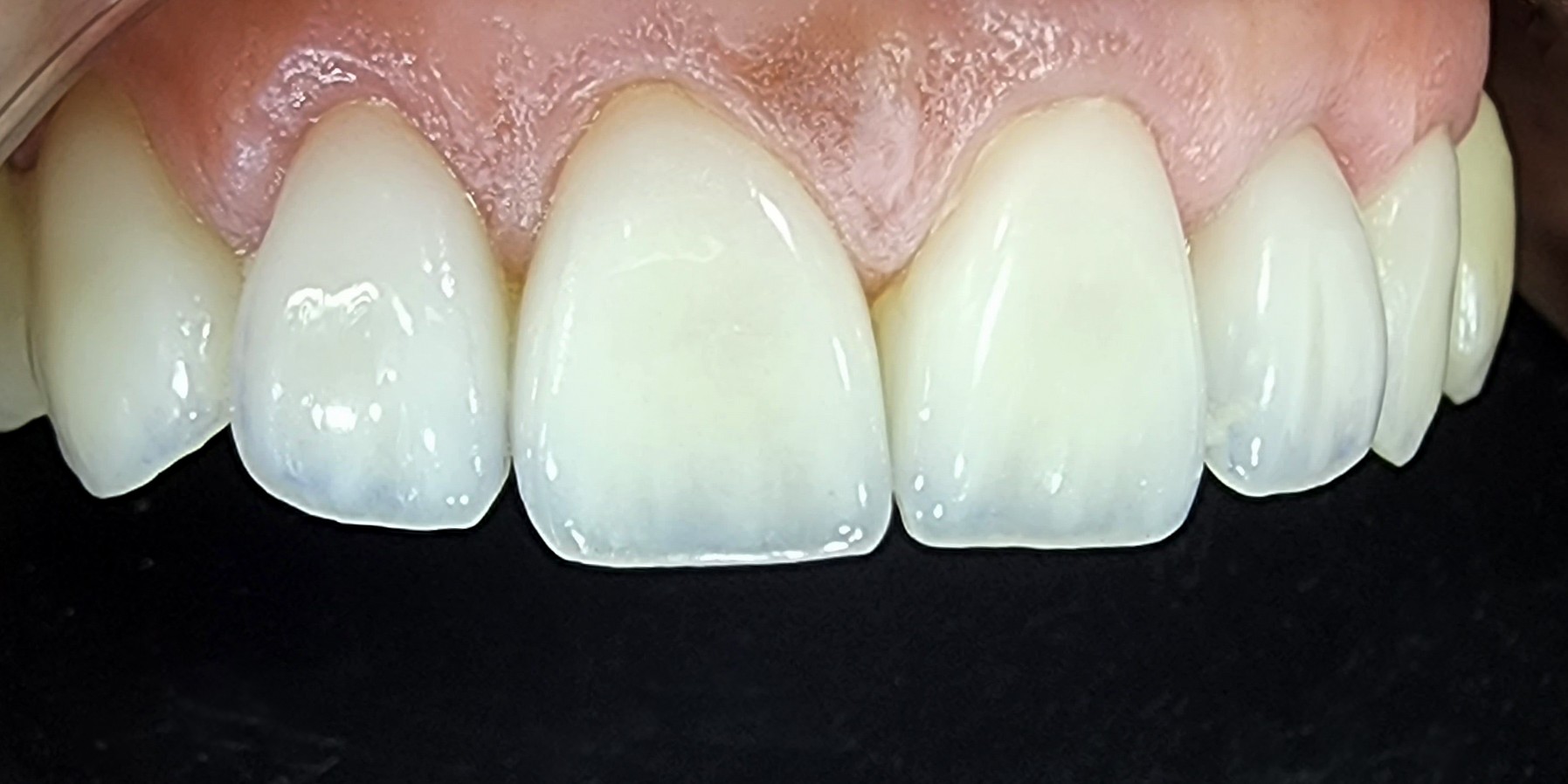
Dental night guard.
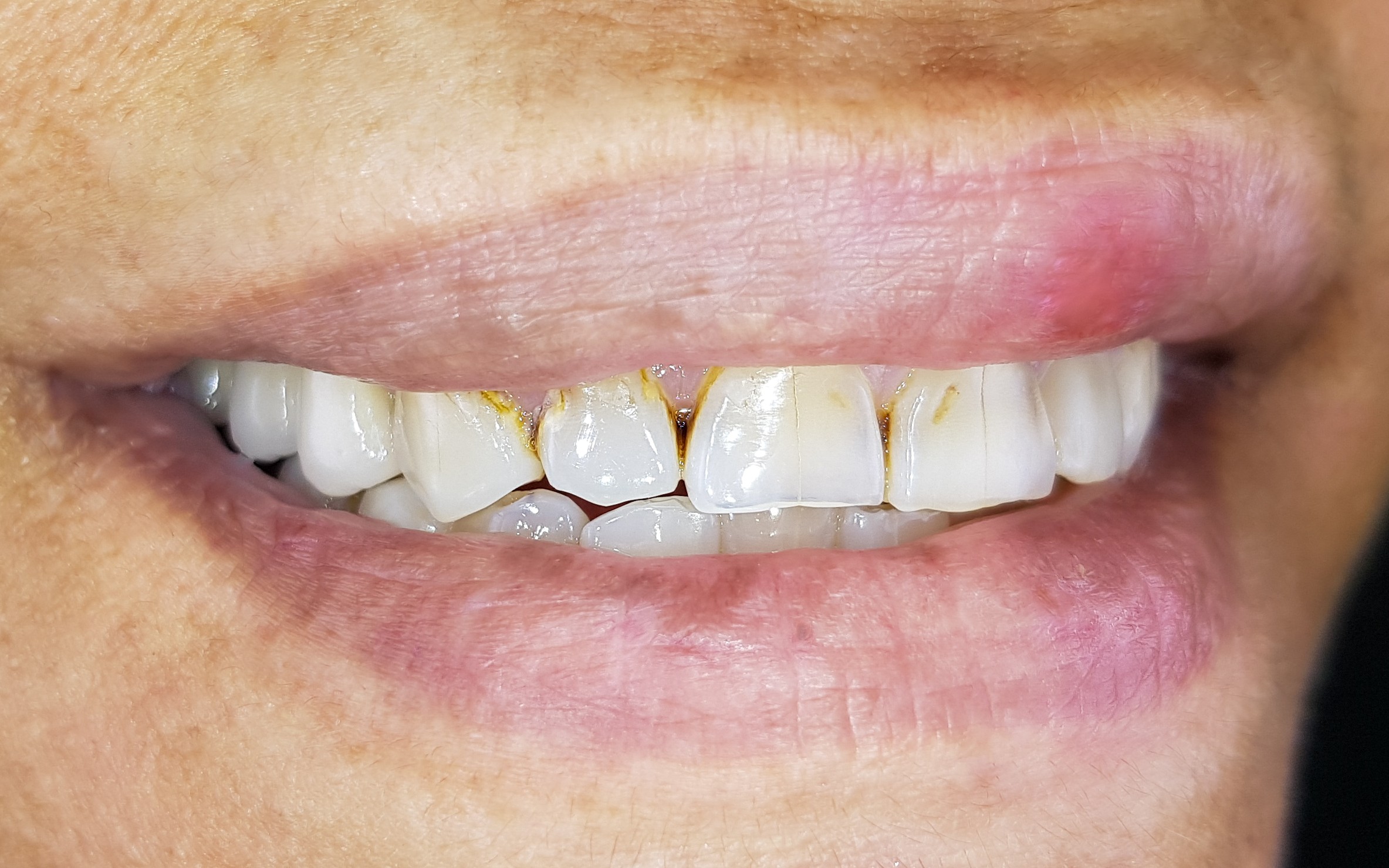
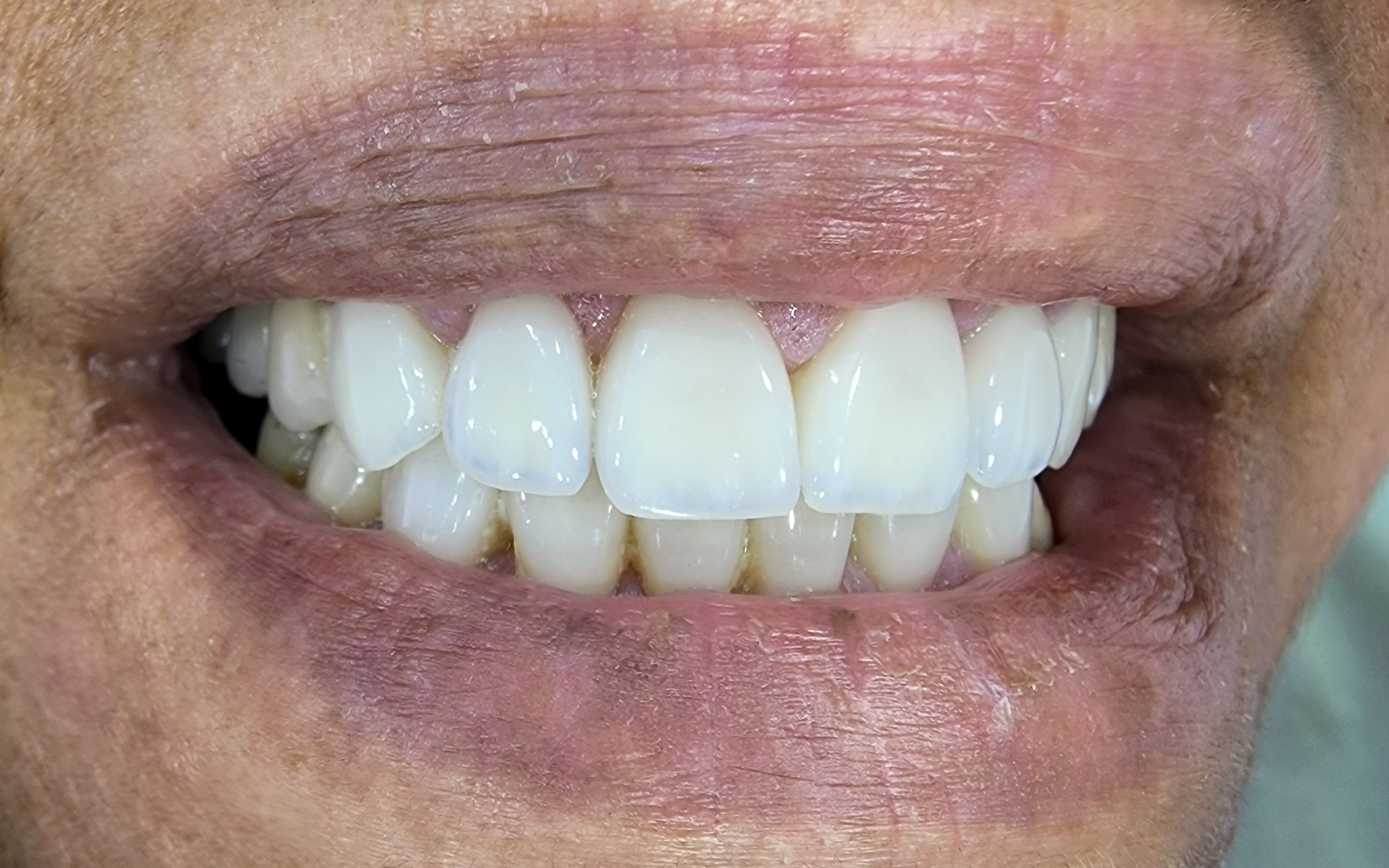
Dental night guard.
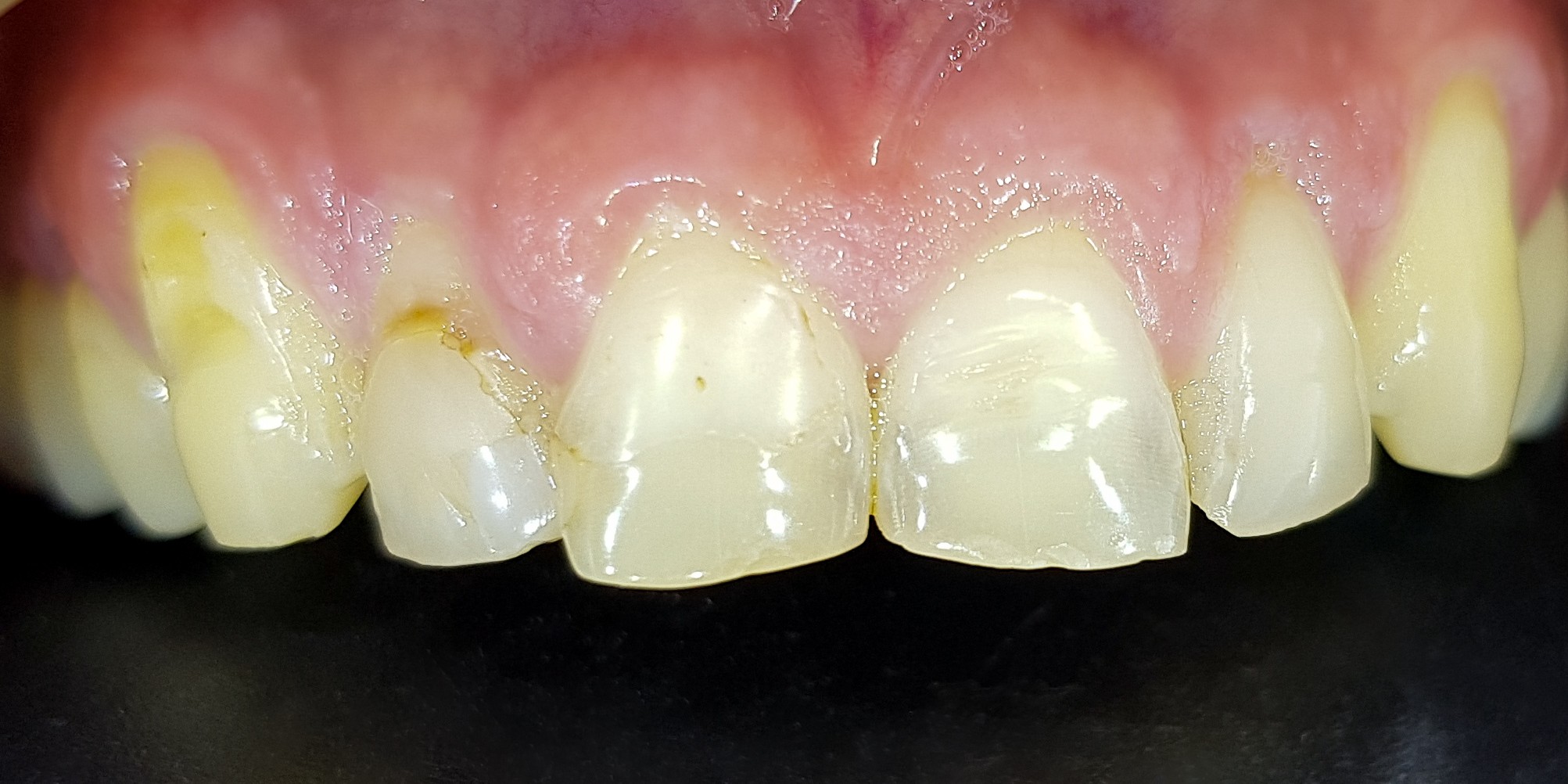
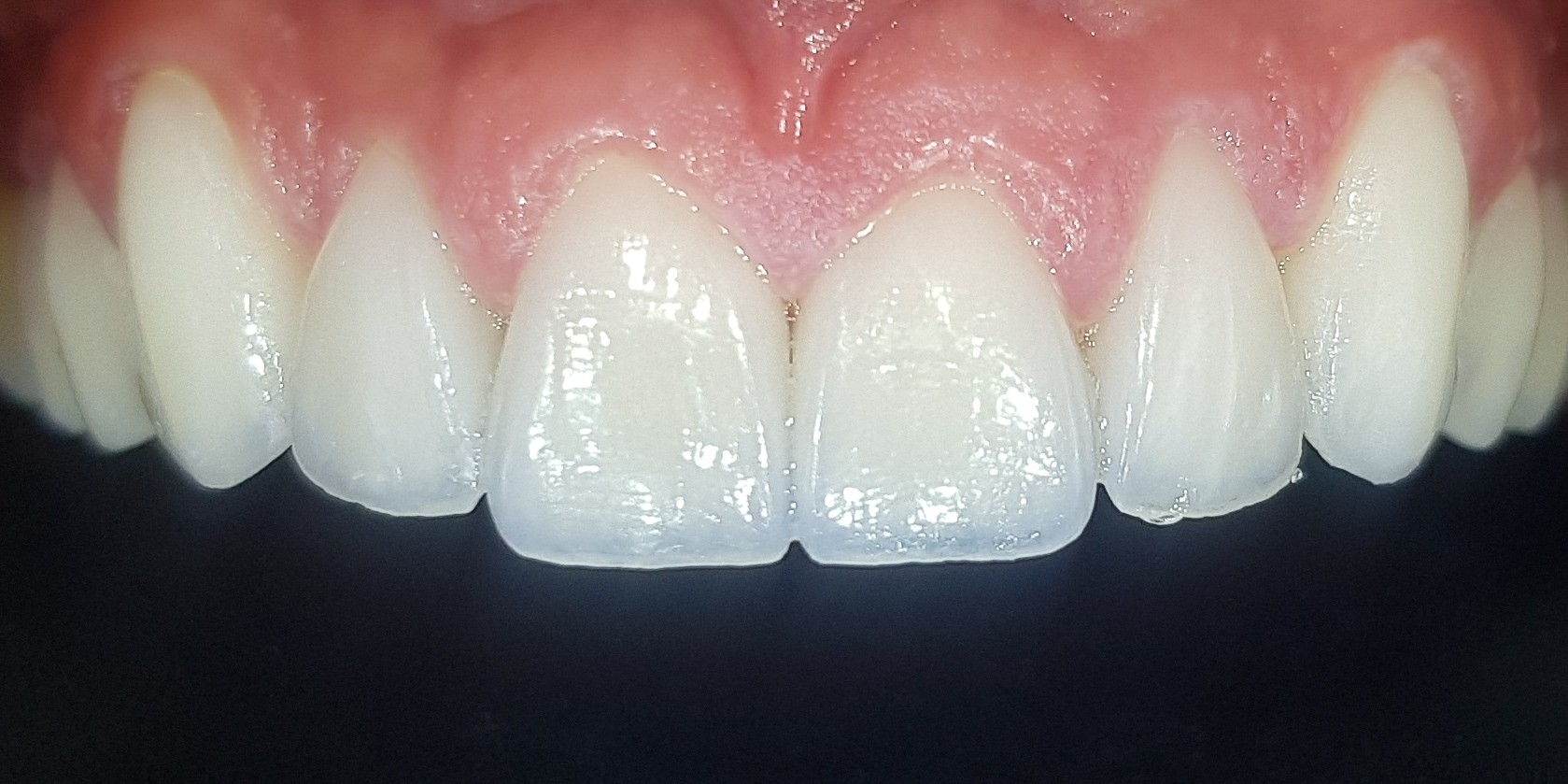
Dental night guard
